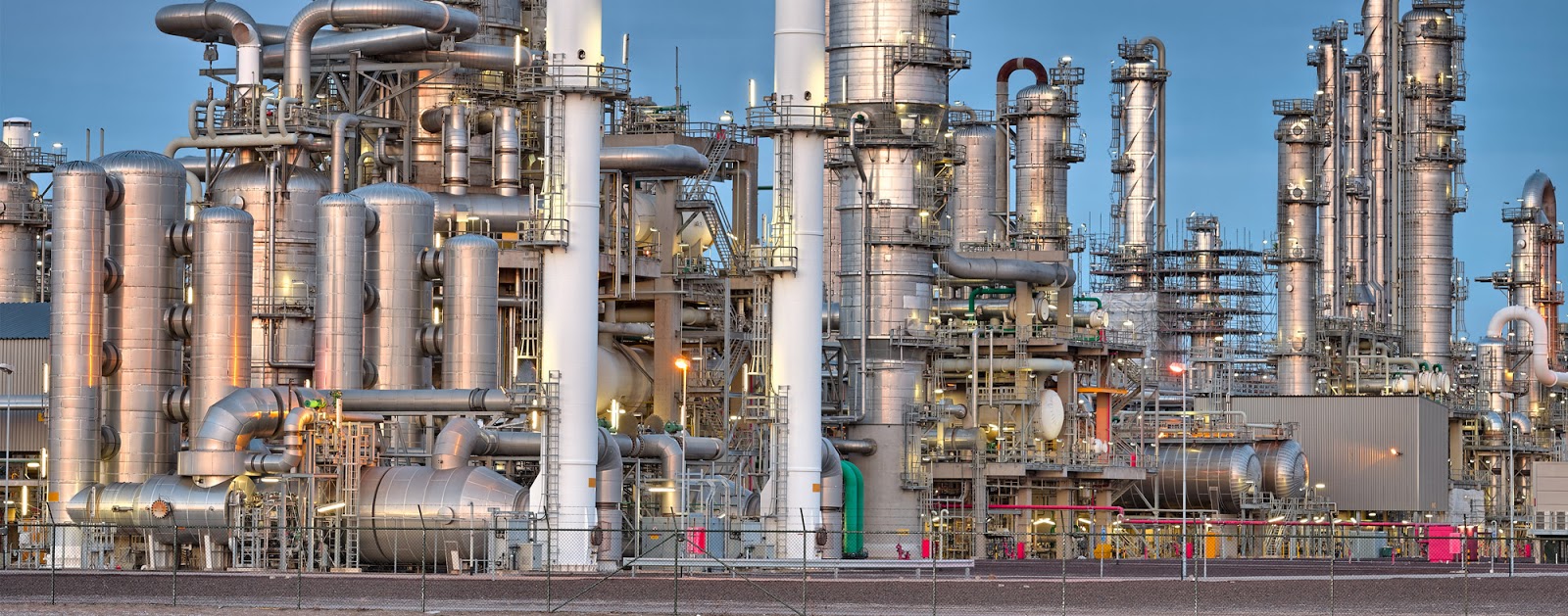Cooling Tower Design Calculations - Height of Packing & Air Flow Rate

Problem Statement & Given Data: Warm water at 45°C is to be cooled to 30°C by countercurrent contact with air in a tower packed with wood slats . The inlet air has a dry-bulb temperature of 31°C and a wet-bulb temperature of 22°C. The mass flow rate of water is 6000 kg/m 2 .h and that of air is 1.4 times the minimum. The individual gas-phase mass transfer coefficient is k Y’ a = 6000 kg/m 3 .h.∆Y’. The volumetric water-side heat transfer coefficient is given by h L a = 0.059 x L 0.51 x G S , in kcal/m 3 .h.K, where L and G S are mass low rates of water and air (dry basis). Determine (a) the dry air flow rate to be used, (b) the height of packing. Solution: (a) Inlet air: T G = 31°C; T W = 22°C = T as ...



